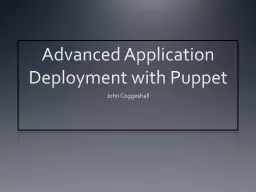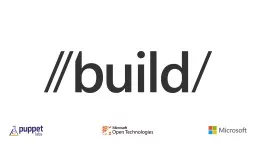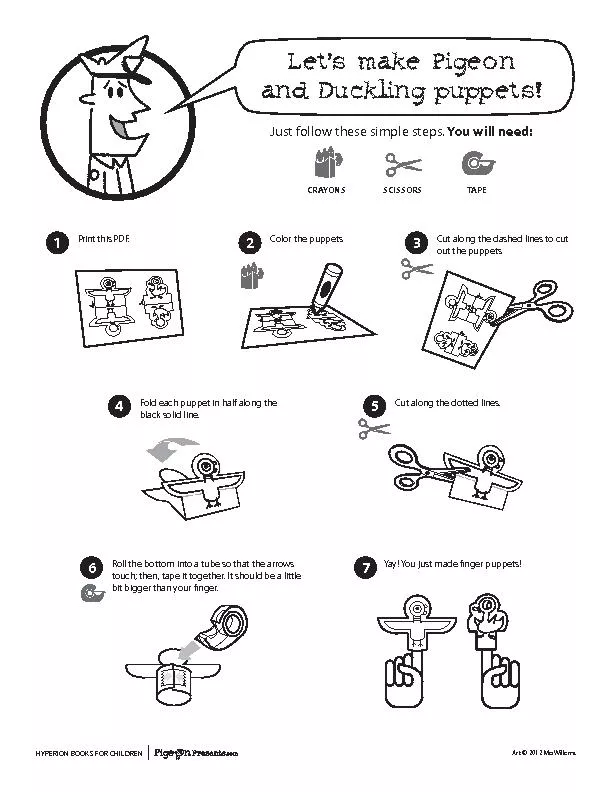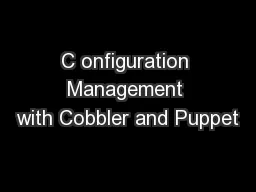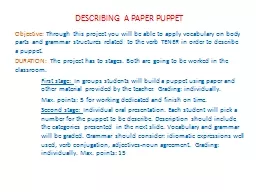PPT-Advanced Application Deployment with Puppet
Author : pasty-toler | Published Date : 2016-03-18
John Coggeshall About Me CTO Individual Digital Inc Startup Author of exttidy PHP 5 Unleashed Zend Ent PHP Patterns Twitter coogle Whats Puppet Puppet is A deployment
Presentation Embed Code
Download Presentation
Download Presentation The PPT/PDF document "Advanced Application Deployment with Pup..." is the property of its rightful owner. Permission is granted to download and print the materials on this website for personal, non-commercial use only, and to display it on your personal computer provided you do not modify the materials and that you retain all copyright notices contained in the materials. By downloading content from our website, you accept the terms of this agreement.
Advanced Application Deployment with Puppet: Transcript
Download Rules Of Document
"Advanced Application Deployment with Puppet"The content belongs to its owner. You may download and print it for personal use, without modification, and keep all copyright notices. By downloading, you agree to these terms.
Related Documents

